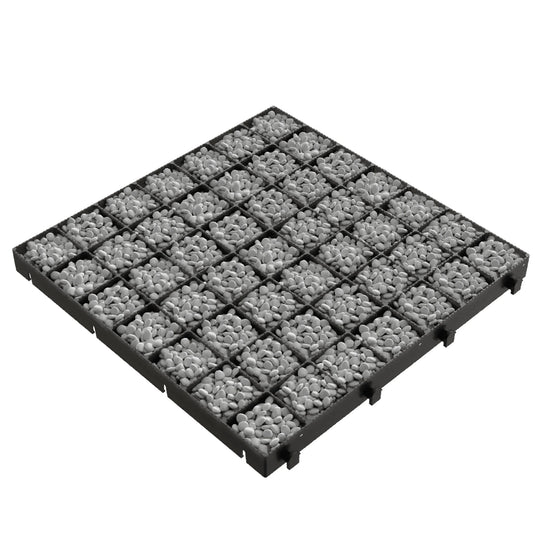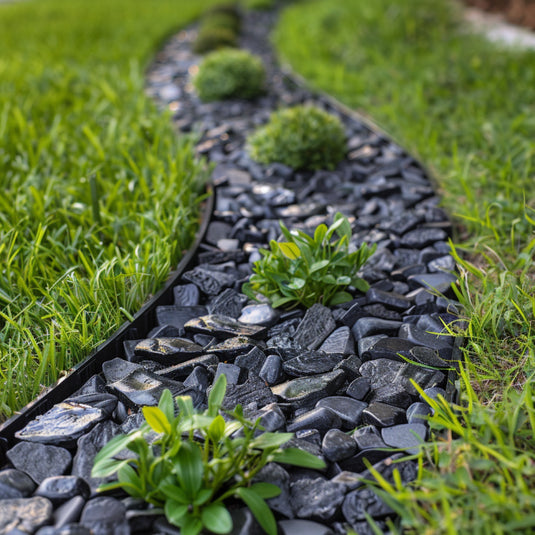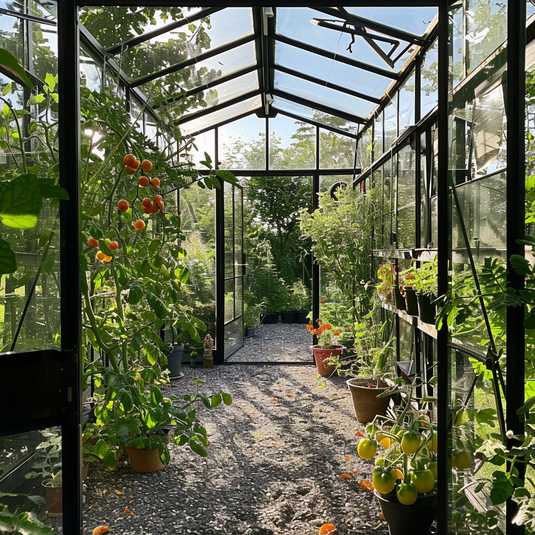Injection moulding is a widely used manufacturing process that involves injecting molten material into a mould to create products. However, this process can be energy-intensive, leading to high energy consumption in injection moulding facilities. Following careful research into the data behind the CO2 cost of energy production, we've discovered new ways in which we can lower the environmental impact of injection moulding.
What is the average energy consumption of an injection moulding facility?
Studies have shown that these facilities can account for up to 20% of the total energy consumption in the plastics industry. Some of the most energy efficient injection moulding machines consume roughly 0.9kWh/kg of plastic whilst older machines may consume 1.6kWh/kg. The average energy consumption of an injection moulding factory is hard to determine exactly as it is linked to the quantity of plastics processed.
A small factory producing 10 tonnes of plastic parts per week would therefore use between 9,000kWh and 16,000kWh
A larger factory producing 50 tonnes would use between 45,000kWh and 80,000kWh.

How can energy consumption be reduced in injection moulding facilities?
There are several ways to reduce energy consumption in injection moulding facilities. One effective method is to optimise the production process by using more energy-efficient injection moulding machines (IMMs), coolers, robotics and other technologies. Additionally, implementing energy management systems and conducting regular energy audits can help identify areas for improvement.
For each kg of plastic parts, the process can consume between 0.9kWh/kg and 1.6kWh/kg. This could represent an energy saving of up to 43.75% which, if you look at it from a financial perspective, could be an enormous saving to the business.
What are the benefits of reducing energy consumption in injection moulding facilities?
Reducing energy consumption in injection moulding facilities not only helps lower operating costs but also has environmental benefits. By decreasing energy usage, facilities can reduce their carbon footprint and contribute to a more sustainable manufacturing industry.
Using coal/fossil fuel energy supply
Energy supply from coal
If your supplier predominantly produces energy from coal, the embodied CO2 produced to generate that energy would be 1.03kg/kWh. That means there is a huge difference in in-built CO2 emissions when using more energy efficient systems:
For more efficient systems: 0.927 kg CO2 per kg plastic
For less efficient systems: 1.648 kg CO2 per kg plastic

Energy supply from gas
If your supplier predominantly produces energy from gas, the embodied CO2 produced to generate that energy would be 0.442kg/kWh.
For more efficient systems: 0.398 kg CO2 per kg plastic
For less efficient systems: 0.707 kg CO2 per kg plastic
Using wind/green energy supply
If you switch to a green tariff and cut coal completely, for each kWh of energy used, the embodied CO2 produced to generate that energy would be 0.009kg/kWh.
For more efficient systems: 0.0081 kg CO2 per kg plastic
For less efficient systems: 0.0144 kg CO2 per kg plastic

Switching to green energy and low energy production
From the data provided, it's clear to see that there's a massive case not only for making production more energy efficient but for switching to a green energy tariff. In the long term, with more infrastructure investments in sustainable energy production, the cost per kWh of supply will start to come down overall. This makes immediate and long term economic sense to the average injection moulding facility and even more sense for the largest facilities.
Lowering energy consumption to 0.9kWh/kg plastic would reduce energy bills (and shot price) by 43.75%.
Switching to green energy supply would reduce the embodied CO2 of the moulding by up to 99.13%.
Overall, understanding the energy supply and consumption of injection moulding facilities is crucial for improving efficiency and sustainability in the plastics industry. By implementing energy-saving measures, switching energy supply and adopting best practices, facilities can reduce their environmental impact while maintaining high-quality production standards.






